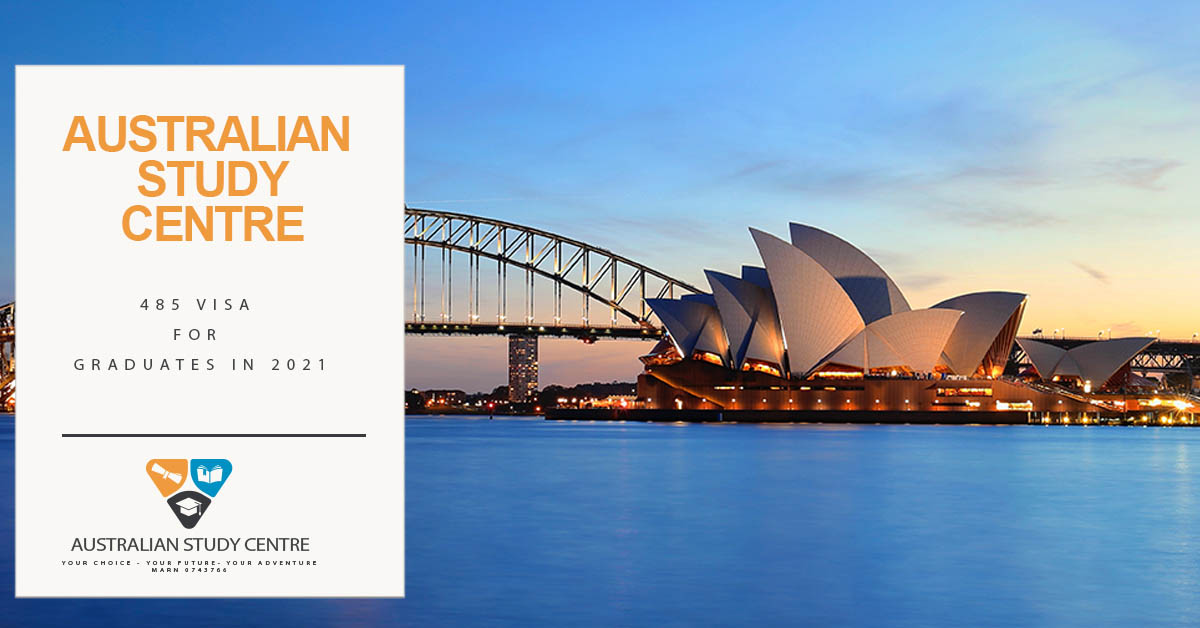The regional incentives for skilled migrants
8 December, 2020
The Australian Government’s immigration programs is designed to attract migrants to regional areas by offering certain incentives for skilled migrants who choose their place of residence being in regional Australia. Thus, it is worth to take into consideration the opportunities that the regional Australia may offer to the individual’s visa pathway.
Australia was divided into three categories and two out of three of all locations were defined as ‘regional’. Two regional categories differentiate the incentives for the international graduates with a bachelor or higher qualification from a regional campus of a registered institution. A 485 Temporary Graduate visa holder (TGV) is eligible to access additional one or two years in Australia on a post-study work visa, depending on the location category
For a skilled migration purposes the definition of the regional Australia, known as Designated regional area, was simplified and it includes all areas of Australia except three metropolitan areas of Sydney, Melbourne and Brisbane. Designated regional area is applicable to all the visas listed below:
- Subclass 491 Skilled Work Regional (Provisional) visa
Subclass 494 Skilled Employer Sponsored Regional (Provisional) visa
Subclass 482 Temporary Skills Shortage visa
Subclass 189 Skilled Independent visa
Subclass 190 Skilled Nominated visa
Subclass 191 Permanent Residence (Regional) visa
Skilled and semi-skilled migrants settling in regional Australia have an access to the range of dedicated solutions and incentives such as:
- Priority processing of regional visas
- Access to the Regional Occupations List – more jobs compared to non-regional lists
- Additional points under the General Skilled Migration Points Test for skilled migrants nominated to live and work in regional Australia
- Priority in negotiating region-specific Designated Area Migration Agreements (DAMAs) in areas experiencing skills and labour shortages.
Things are getting complicated since the DHA regulations are subject to change. The conditions imposed on an individual’s visa and the relevant legislative instruments that were applicable when the first provisional visa was granted, must be identified. If the applicant does not fulfil the requirement of being substantially complied with the first visa conditions, the next application will be refused.
Skilled Regional (Provisional) visa (subclass 489) Invited pathway delivers is a good example of how confusing it can be to identify the relevant legislative instruments to find if the applicants substantially comply with visa conditions. If you a 489 visa holder you want to convert to an 887 (Permanent Residency) visa after you have held the 489 visa for two years. The requirements are that you (and any secondary applicant) have lived in a specified regional area for at least two years, and you worked in a specified regional area full-time for at least one year. Unfortunately, the definition of the regional area which counts toward DHA requirements has nothing in common with those evoked above. It also differs for applicant sponsored by relatives and by a State or Territory. Moreover, you deal with a different map of regional Australia, if you had your 489 granted, before and after November 2019.
Have you already lodged your 887 visa application and fulfilled all the DHA requirements, and you got your Bridging visa granted? Still, contact us first if you want to relocate before getting approval for your 887.








Leave A Comment